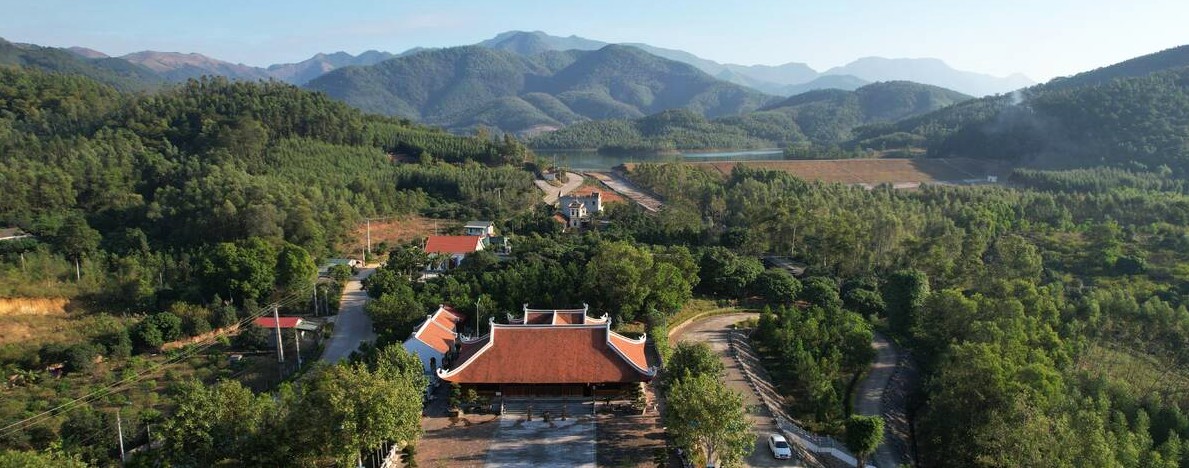In 2025, eight remarkable sites across Asia have earned UNESCO World Heritage status, expanding the meaning of heritage to include recent memory, ecological restoration, spiritual landscapes, and even militaristic architecture.
For decades, the UNESCO World Heritage List has served as a prestigious register of humankind’s most treasured cultural landmarks and natural wonders – from the Pyramids of Giza and the Great Wall of China to the Serengeti and the Galápagos Islands. The emphasis has historically skewed towards ancient ruins, majestic architecture, and pristine natural sites deemed to have “outstanding universal value.” And for many travellers, that’s been more than good enough.
But in recent years, UNESCO has begun to expand its scope, reflecting changing global attitudes towards what constitutes heritage. Increasingly, the organization is recognizing not just the grand and ancient, but also the lived, the spiritual, the tragic, and the restored. It’s an interesting shift in both cultural awareness and shared sensibilities.
The 2025 inscriptions in Asia illustrate this evolution clearly. The newly listed sites cut across a striking spectrum – from solemn memorials and sacred pilgrimage routes to military strongholds and ecologically rehabilitated land. The shift suggests a broader, more inclusive lens through which heritage is now being viewed: one that embraces human experience in its complexity, and one that validates both tangible and intangible connections to place, belief, history, and memory. It remains to be seen how this new construct will be received, but on the face of it, certainly there is room for these new conversations about heritage and history to take place.
Here’s the line-up of eight new UNESCO sites in Asia that reflect the evolving definite of world heritage, including a well-known place right here in Malaysia.
1. CAMBODIAN MEMORIAL SITES: FROM REPRESSION TO REMEMBRANCE

For the first time Cambodia has a modern‑era entry on the list. In July 2025 UNESCO inscribed three former Khmer Rouge sites – Tuol Sleng (S‑21) prison, Choeung Ek killing fields, and M‑13 prison in Kampong Chhnang – as “Cambodian Memorial Sites : From centres of repression to places of peace and reflection.” These locations, where up to 2.2 million lives were lost in a horrific period of genocide between 1975 and 1979, now hold national ceremonies honouring their transformation into places of remembrance and reconciliation. Interim Culture Minister Hab Touch called the move a global model for justice and unity.
2. MALAYSIA’S FOREST REVIVAL: FRIM AS HERITAGE LANDSCAPE

Near Kuala Lumpur, the Forest Research Institute Malaysia (FRIM) has been recognized as an ecological heritage site. Once a landscape scarred by tin mining, FRIM has become a celebrated model of ecological restoration, with the site now showcasing rehabilitated lowland tropical rainforest, research facilities, and eco-tourism attractions. Its UNESCO inscription highlights not only the environmental recovery achieved here, but also the global importance of urban green spaces and scientific forestry. FRIM’s recognition places Malaysia’s conservation work on the world stage and underscores the role of human-led restoration in preserving natural heritage.
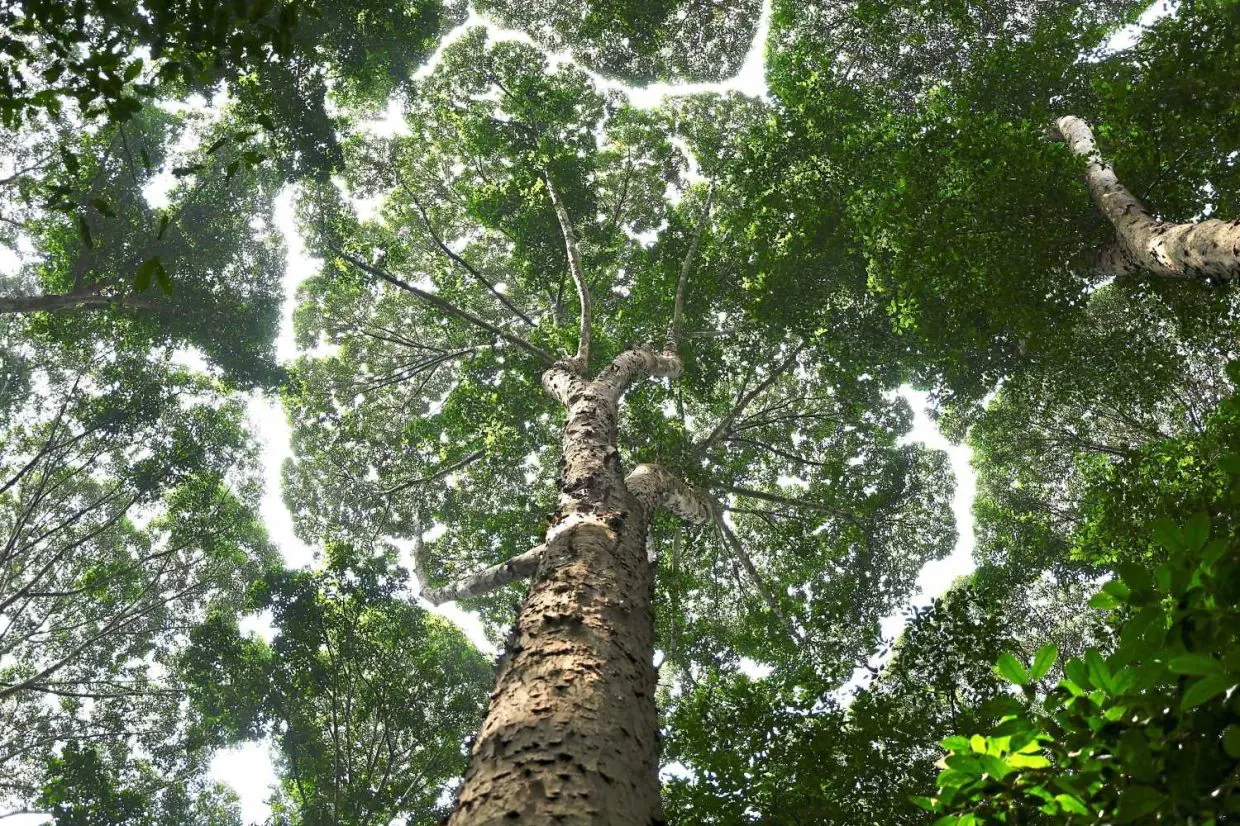
3. MOUNT KUMGANG, NORTH KOREA: SPIRITUAL MOUNTAIN, CULTURAL LEGACY
Also inscribed in 2025, Mount Kumgang, nicknamed the “Diamond Mountain from the Sea,” is a mixed natural-cultural site which blends dramatic granite peaks with centuries-old Buddhist hermitages and a long history of spiritual reverence. Mount Kumgang (or Geumgangsan) has been celebrated in Korean art, poetry, and religious tradition since the 5th century, and it holds immense cultural significance for both North and South Korea. Its inclusion by UNESCO underlines a rare recognition of North Korea’s natural and cultural heritage, and signals the value of preserving spiritual landscapes regardless of geopolitical context.
4. CULTURAL HERITAGE SITES OF ANCIENT KHUTTAL, TAJIKISTAN
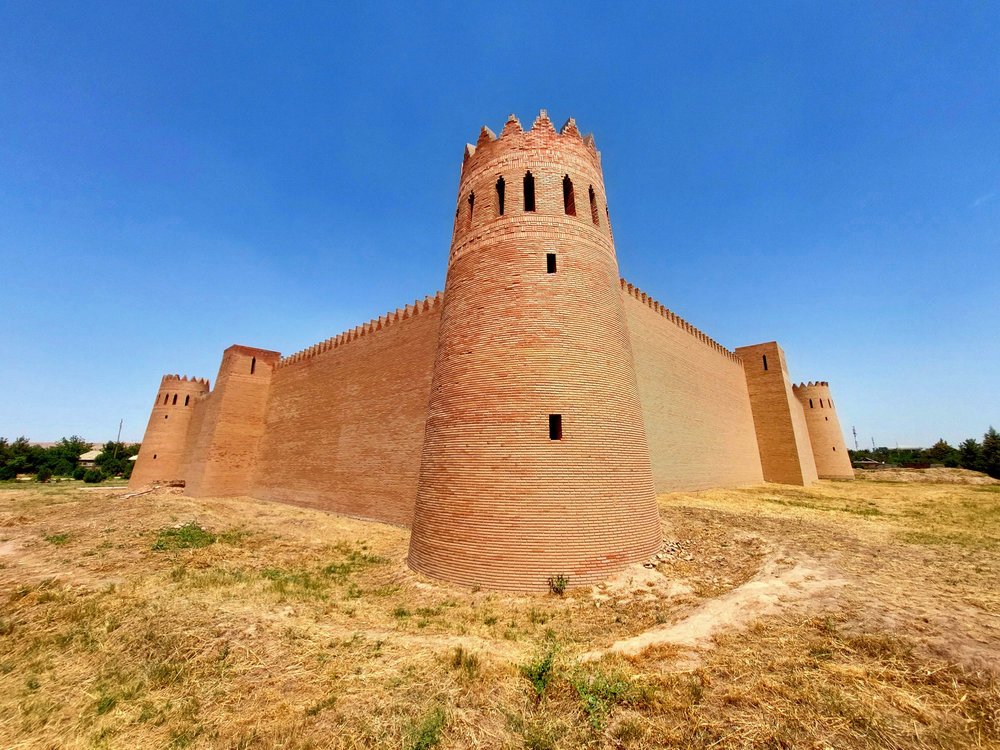
Scattered across Tajikistan’s southern Khatlon region, the Cultural Heritage Sites of Ancient Khuttal encompass 11 historically significant locations tied to a flourishing Silk Road civilization. Among them are the palace ruins of Qalai Hulbuk, the Buddhist monastery of Ajina-Teppa with its striking reclining Buddha, caravanserais, mausolea, and fortified settlements like Kafyr-Kala. Spanning from the 7th to the 16th century, the sites reflect layers of religious, political, and cultural change. Their inscription into the UNESCO register recognizes Khuttal’s role as a nexus of trade, architectural innovation, and interfaith exchange across centuries of Eurasian history.
5. ON THE ROCKS: KOREA’S BANGUCHEON PETROGLYPHS

Rock engravings from prehistoric Ulsan communities – dating between 5,000 BCE and the 9th century CE – have joined the list under Korea’s first prehistoric visual representation. Abstract symbols, human figures and whale motifs carved into Bangucheon stream bed reflect a continuous tradition of visual storytelling laminated in stone.
6. VIETNAM’S YEN TU–VINH NGHIEM–CON SON–KIEP BAC COMPLEX

This 13th-century Trúc Lâm Zen Buddhist circuit across Quang Ninh, Bac Ninh and Hai Phong has been recognized for its spiritual heritage values. The complex covers twelve sites including hilltop pagodas, forest temples and pilgrimage trails established under Tran Dynasty patronage, reflecting religious devotion and landscape interplay.
7. CHINA’S XIXIA IMPERIAL TOMBS: DYNASTIC EARTHWORKS AT HELAN
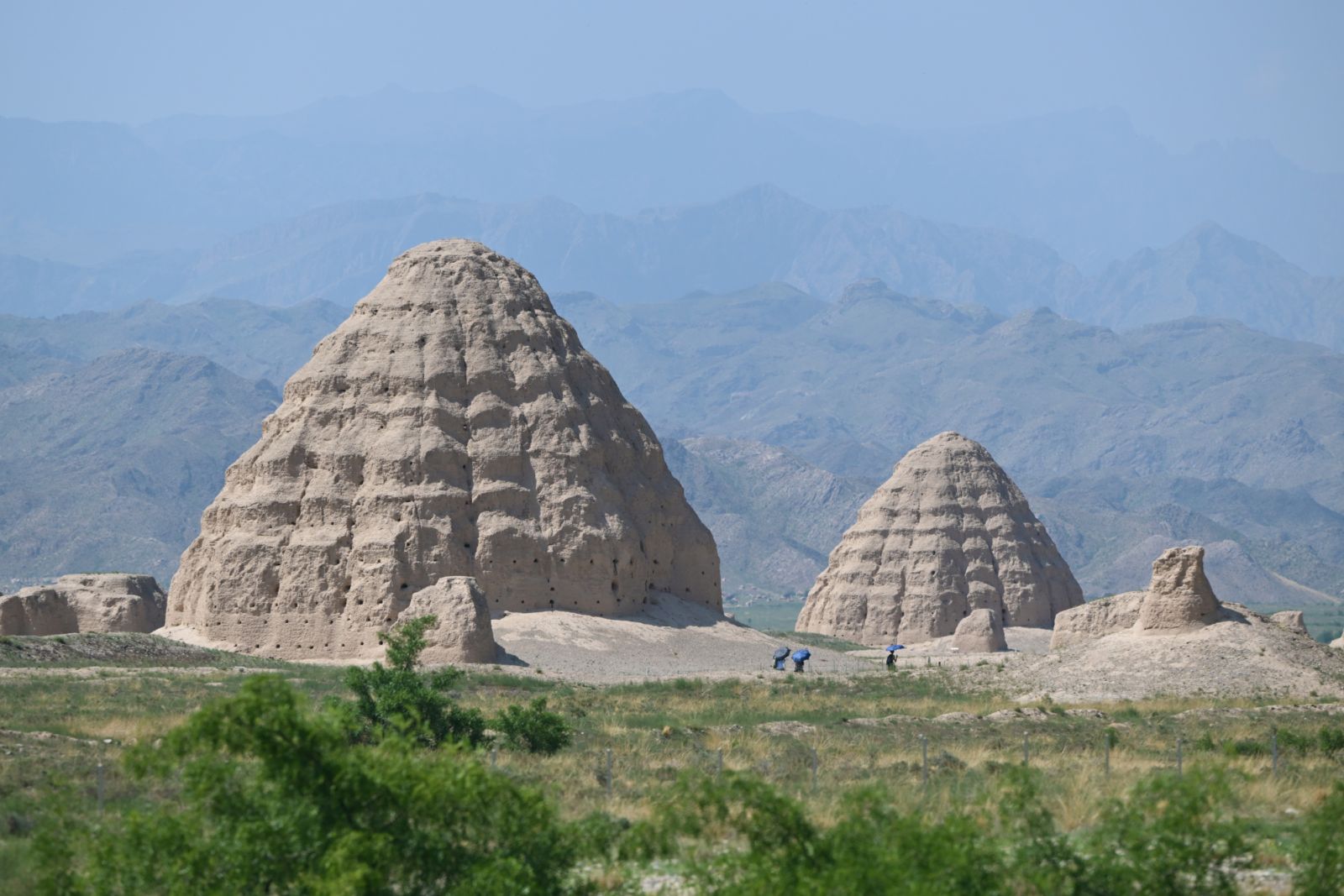
Situated at the base of Helan Mountain in Ningxia, the tomb cluster of the Xixia Dynasty includes nine imperial mausolea, over 270 attendant burials and engineered flood‑control features. Built between 1038 and 1227 CE, these necropolises illustrate ritualized burial and Silk Road cultural fusion. China now has 60 UNESCO sites in total.
8. INDIA’S MARATHA MILITARY LANDSCAPES: FORTS AS LIVING HERITAGE
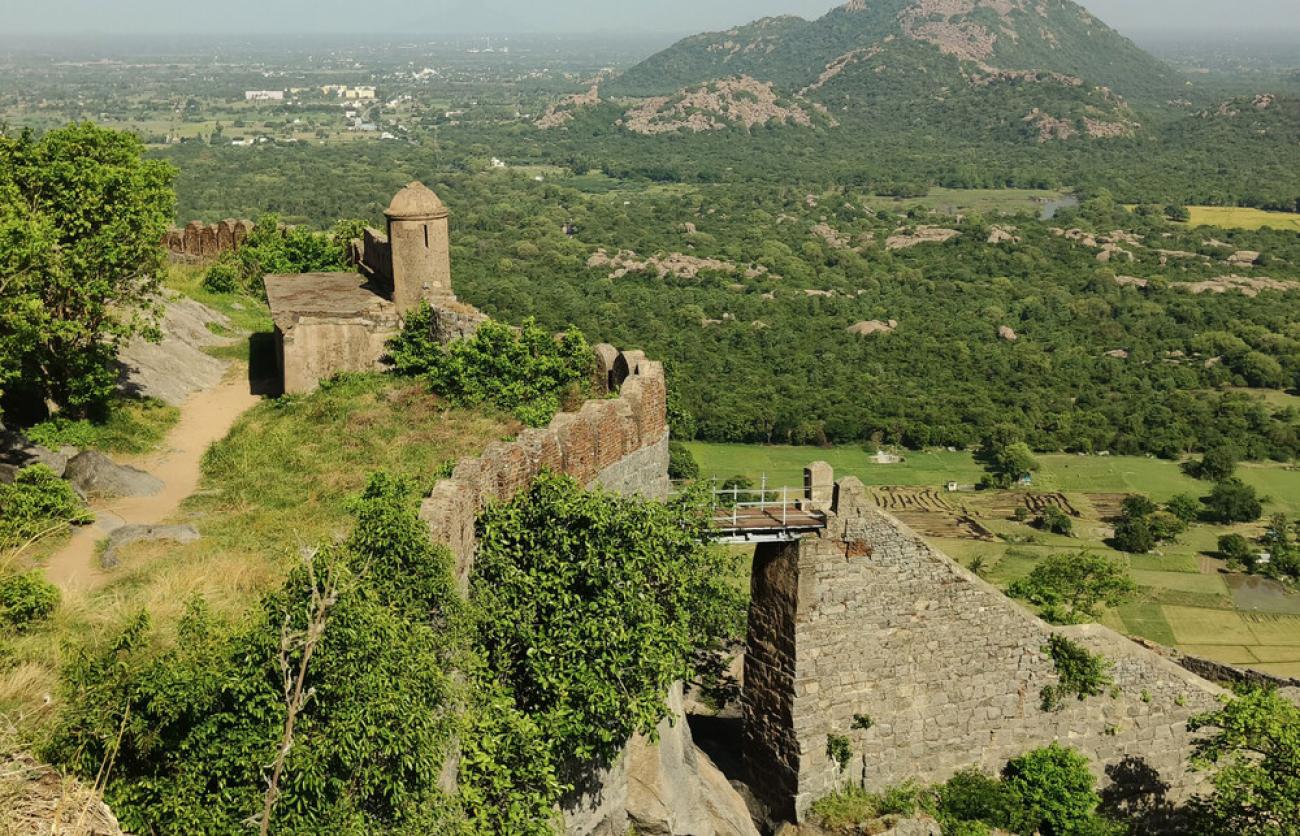
UNESCO has inscribed a serial property encompassing 12 forts across Maharashtra and Tamil Nadu built from the 17th to 19th centuries. Notable sites include Raigad, Shivneri (Shivaji Maharaj’s birthplace), Pratapgad, Suvarnadurg and Gingee. These fortifications, crafted across hills, plateaus, coastlines, islands, forested terrain, and plateaus, form a cohesive military ecosystem reflecting architectural ingenuity and strategic mastery of geography. The designation marks India’s 44th World Heritage site.
A local mountaineering group has proposed a “Shivteerth Yatra” pilgrimage connecting these forts via MSRTC heritage‑style buses, underscoring the living cultural role of these landscapes.
HERITAGE REDEFINED
These new inscriptions mark a shift in UNESCO’s approach—from emphasizing ancient beauty to recognizing heritage shaped by conflict, renewal, faith and strategic design. Cambodia’s memorials attest to global reconciliation; Malaysia’s FRIM embodies ecological redemption; Mount Kumgang and Vietnam’s Zen sites link terrain and belief; China’s imperial tombs map dynastic identity; and India’s Maratha forts recall resilience, statecraft and cultural pride.
This article draws on official UNESCO announcements and recent national government coverage from Cambodia, India, China, Vietnam, North Korea, South Korea, and Malaysia.


